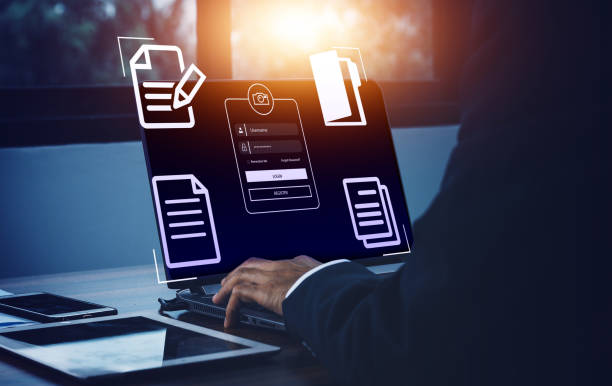Here’s the translation of the provided text into English:
What is On-Page SEO and Why Does it Matter?
![]()
On-page SEO, sometimes referred to as On-Page SEO, is a set of techniques and actions performed within your website to improve your site’s ranking in Google search results and other search engines.
In other words, on-page SEO seeks to ensure that search engines properly understand the content of your site and consider it relevant to users’ searches by optimizing various elements of the website. The importance of on-page SEO stems from the fact that search engines are becoming more intelligent day by day and are looking to provide the best and most relevant results to users.
A website with strong on-page SEO has a greater opportunity to attract organic (free) traffic, which in turn can lead to increased sales, brand awareness, and other business goals.
Unlike off-page SEO, which focuses on activities outside of your website (such as link building), on-page SEO is entirely under your control, and you can directly influence it.
Do you dream of a thriving online store but don’t know where to start?
Rasaweb is your comprehensive e-commerce website design solution.
✅ Attractive and user-friendly design
✅ Increased sales and revenue⚡ Get a free consultation
Keyword Research | A Foundation for Successful SEO
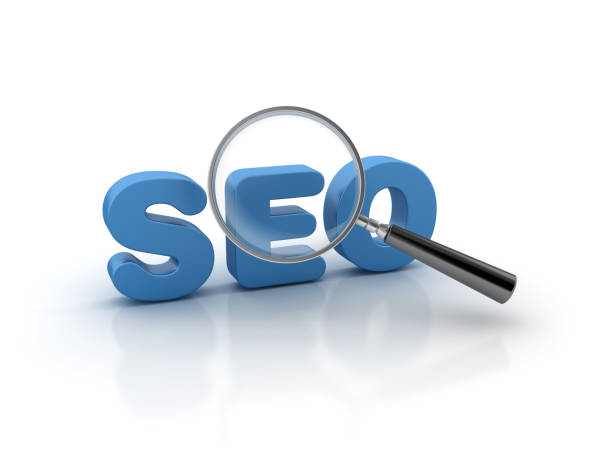
Keyword research is the first and most important step in any on-page SEO strategy.
You need to understand what words users enter into search engines to look for products, services, or information similar to what you offer.
There are various tools for keyword research, such as Google Keyword Planner, Ahrefs, SEMrush, and Moz Keyword Explorer.
Using these tools, you can identify relevant keywords, their search volume, and the level of competition.
After identifying the appropriate keywords, you should strategically use them in your website’s content.
This includes using keywords in page titles, meta descriptions, headings, body text, and image alt text.
However, be aware that excessive use of keywords (keyword stuffing) can have a negative impact and may result in penalties by search engines.
Your goal should be to create valuable and engaging content for users that naturally includes relevant keywords.
Optimizing Page Titles and Meta Descriptions | Attracting Attention in Search Results
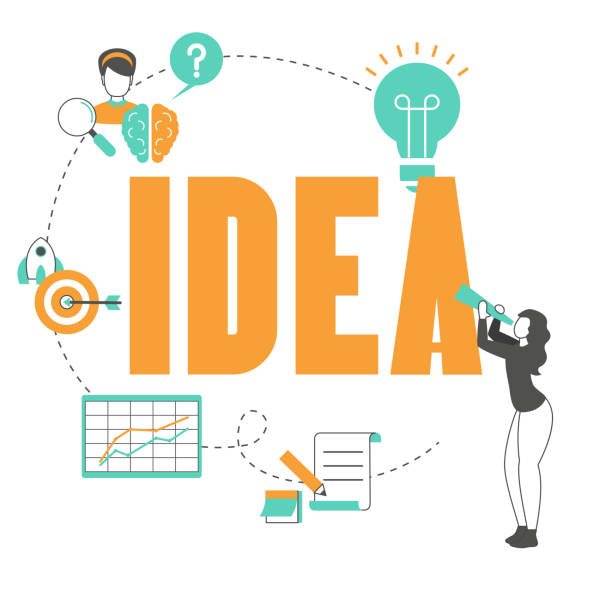
The page title (Title Tag) and meta description (Meta Description) are two important elements in on-page SEO that are displayed to users in search results.
The page title is the clickable title that appears at the top of the search result, while the meta description is a short summary of the page’s content that appears below the title.
Optimizing these two elements is crucial for increasing click-through rate (CTR).
The page title should be attractive, concise, and include the page’s main keyword.
The length of the page title should not exceed 60 characters so that it is fully displayed in search results.
The meta description should also be attractive, informative, and include a call to action.
The length of the meta description should not exceed 160 characters.
Both the page title and meta description should be unique and optimized separately for each page of your website.
Avoid copying the title and meta description from one page to another, as this can be considered duplicate content by search engines.
Your site’s internal SEO can be more appropriate with the help of this information
| Element | Description | Best Practice |
|---|---|---|
| Title Tag | Clickable title in search results | Attractive, concise, includes keyword, maximum 60 characters |
| Meta Description | Summary of page content in search results | Attractive, informative, includes a call to action, maximum 160 characters |
| Keywords | Terms users use to search | Relevant, researched, used naturally in content |
Content Optimization | Creating Valuable and Engaging Content

Content is king! This phrase is often heard in the world of on-page SEO, and for good reason.
Search engines are looking to provide the best and most relevant content to users.
Therefore, if you want to rank well in search results, you need to produce valuable, engaging, and informative content.
Your content should answer users’ questions, solve their problems, and provide information that is not easily found elsewhere.
In addition, your content should be easy and engaging to read.
Use short paragraphs, headings, lists, and images to break up the text and create visual appeal.
Also, make sure your content is well structured and organized.
Use H1 to H6 headings to organize your content and make sure important keywords are used naturally in headings and body text.
Internal SEO is very effective with the help of good content.
Does your company’s website create a professional and lasting first impression on potential customers? Rasaweb, with professional corporate website design, not only represents the credibility of your brand, but also opens a path for the growth of your business.
✅ Create a powerful and trustworthy brand image
✅ Attract target customers and increase sales
⚡ Get a free consultation
Image Optimization | Increasing Speed and Accessibility

Images can play an important role in the attractiveness and effectiveness of your content.
However, large and unoptimized images can slow down your website’s loading speed, which can negatively impact your site’s ranking in search results.
Therefore, optimizing images for on-page SEO is very important.
Before uploading images to your website, optimize them for the web.
Use image compression tools to reduce the file size of images without reducing their quality.
Also, use appropriate image formats such as JPEG for photos and PNG for graphic images.
In addition, give your images descriptive file names that include relevant keywords.
For example, instead of the file name “IMG_1234.jpg”, use the file name “on-page-seo-training-course.jpg”.
Finally, add alt text to your images.
Alt text helps search engines understand the content of the image and also provides a description of the image for users who use screen readers.
URL Structure | Creating SEO-Friendly URLs

Your website’s URL structure can have a big impact on on-page SEO.
SEO-friendly URLs are URLs that are short, descriptive, and include relevant keywords.
For example, instead of the URL “example.com/page?id=123” use the URL “example.com/on-page-seo-training”.
Avoid using unnecessary query string parameters in your URLs.
Also, use a hyphen (-) to separate words in URLs.
Avoid using an underscore (_) or other special characters in URLs.
In addition, make sure your URLs are consistent.
Avoid changing the URLs of your pages after they are published, as this can lead to loss of ranking and traffic.
If you have to change a page’s URL, use a 301 redirect to direct users and search engines to the new URL.
Your site’s internal SEO has a direct connection to this subject
Internal Linking | Improving Navigation and Authority Flow
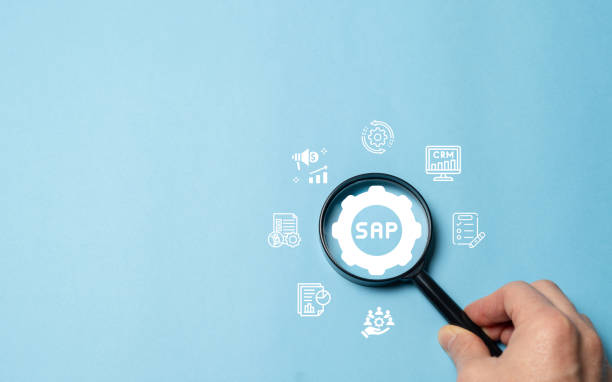
Internal linking refers to the process of linking different pages of your website to each other.
Internal linking not only helps users easily navigate your website, but it also helps search engines understand the structure and content of your website.
When internal linking, be sure to use descriptive and relevant anchor text.
Anchor text is the clickable text that is used to link to another page.
For example, instead of using the anchor text “click here,” use the anchor text “comprehensive guide to on-page SEO.”
Also, do internal linking strategically.
Link important pages of your website from other pages to increase their authority and ranking.
Avoid creating too many internal links on one page, as this can confuse users and search engines.
Your goal should be to create a logical and relevant internal link network that helps users easily find the information they need.
Internal SEO is very important
Page Loading Speed | Providing a Great User Experience

Page loading speed is one of the most important ranking factors in Google.
Users expect web pages to load quickly, and if a page takes too long to load, they are likely to leave it and go to another website.
In addition, page loading speed also affects bounce rate and conversion rate.
Faster websites usually have lower bounce rates and higher conversion rates.
To improve page loading speed, you can take various actions, such as optimizing images, enabling Gzip compression, using a CDN (Content Delivery Network), and reducing the number of HTTP requests.
There are various tools to test page loading speed, such as Google PageSpeed Insights, GTmetrix, and WebPageTest.
Using these tools, you can identify problems with your website’s speed and find solutions to fix them.
| Factor | Description | Impact |
|---|---|---|
| Page Loading Speed | Time required to load a page | User Experience, Ranking |
| Image Optimization | Reducing image size without reducing quality | Loading speed, bandwidth |
| Internal Linking | Connecting internal pages to each other | Navigation, Authority Flow |
Are you worried that your company’s old website will scare away new customers? Rasaweb solves this problem with modern and efficient corporate website design.
✅ Increases your brand credibility.
✅ Helps to attract target customers.
⚡ Contact Rasaweb for a free consultation!
Responsive Design | Compatibility with Different Devices

Responsive Design means that your website should automatically adapt to the screen size of different devices (such as desktop, tablet, and mobile).
Given that a large portion of web traffic comes from mobile devices today, having a responsive website is very important for on-page SEO.
Google uses the Mobile-First Indexing algorithm, which means that it considers the mobile version of your website as the main version for indexing and ranking.
If your website is not responsive, you probably will not rank well in mobile search results.
To ensure that your website is responsive, use a responsive CSS framework like Bootstrap and test your website on different devices.
Also, use Google Mobile-Friendly Test to check if your website is optimized for mobile.
Schema Markup | Helping Search Engines Better Understand Content
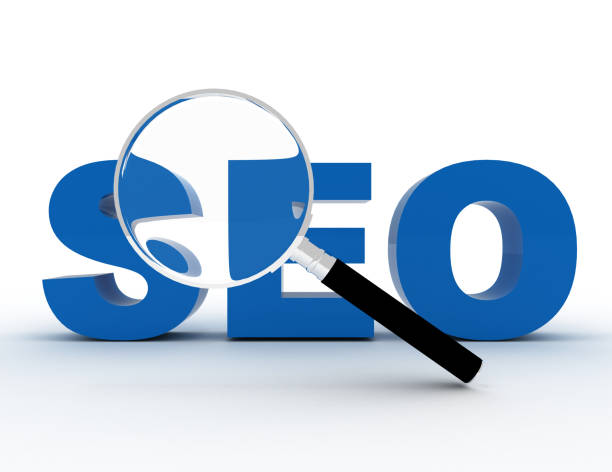
Schema Markup is extra code that you can add to your website to help search engines better understand your content.
Schema Markup provides search engines with information about the type of content, author, publication date, and other important details.
By using Schema Markup, you can enable rich snippets, which can increase your website’s click-through rate and traffic.
There are different types of Schema Markup that you can use, such as Schema Markup for articles, products, events, recipes, and so on.
To add Schema Markup to your website, you can use various tools, such as Google Structured Data Markup Helper and Schema.org.
Internal SEO has a big impact on the work process
Frequently Asked Questions
| Question | Answer |
|---|---|
| What is On-Page SEO? | It refers to the set of actions that are performed within a website to improve its ranking in search engines. |
| Why is On-Page SEO important? | Because it helps search engines better understand your site’s content and structure, and improves user experience. |
| What are the most important elements of On-Page SEO? | Title and meta descriptions, keywords, URL structure, high-quality content, image optimization, internal linking, and site speed. |
| How to optimize the Title Tag and Meta Description? | The title should include the main and attractive keyword, and the meta description should be a persuasive summary of the content with related keywords. |
| What is the role of keywords in On-Page SEO? | Keywords let search engines understand what the page’s content is about, and should be used naturally and intelligently in the text. |
| How is image optimization done for On-Page SEO? | By compressing the size, using a descriptive file name, and filling the Alt tag with related descriptions and keywords. |
| What is Internal Linking and what is its use? | It is the connection of different pages of the site to each other. This helps to distribute the authority of pages (Page Authority) and improve crawling by search engines. |
| What is the importance of site loading speed in On-Page SEO? | High speed improves user experience and is an important ranking factor for search engines like Google. |
| What effect does site Mobile-Friendliness have on On-Page SEO? | Given the increase in mobile users, being responsive is essential for providing a good user experience on all devices and Google’s mobile-first indexing priority. |
| What are the important content-related factors in On-Page SEO? | Originality, quality, comprehensiveness, readability, proper use of headings (H1, H2, etc.) and regular content updates. |
And other services of Rasa Web Advertising Agency in the field of advertising
Smart Advertising Campaign: A fast and efficient solution for analyzing customer behavior with a focus on marketing automation.
Smart Content Strategy: A creative platform to improve digital branding using real data.
Smart Link Building: Professional optimization for analyzing customer behavior using smart data analysis.
Smart Digital Branding: A fast and efficient solution to increase click-through rate with a focus on Google Ads management.
Smart Google Ads: A fast and efficient solution to increase click-through rate with a focus on using real data.
And more than hundreds of other services in the field of internet advertising, advertising consulting and organizational solutions
Internet advertising | Advertising strategy | Advertorial
Resources
On-Page SEO Training – SEO Ruz
,What is Internal SEO? Important Tips for Internal Site SEO – How
,What is Internal SEO or On-page SEO? + 20 Professional Techniques to Improve SEO
,What is Internal SEO (On-Page SEO)? Step-by-step On-Page SEO Training
? Are you ready to transform your business in the digital world? Rasaweb Digital Marketing Agency is with you on the path to success by providing comprehensive and innovative solutions. For a sustainable growth experience, from **website design with a modern user interface** to SEO strategies and targeted advertising campaigns, contact us.
📍 Tehran, Mirdamad Street, next to the Central Bank, South Kazerun Alley, Ramin Alley No. 6


